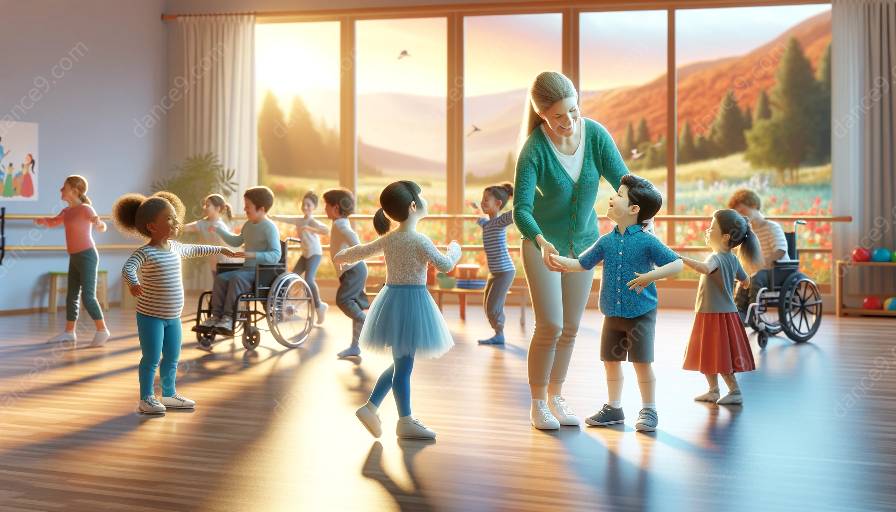Dance can be a powerful tool for children with special needs, helping them build confidence, develop social skills, improve motor function, and enhance self-esteem. The physical, emotional, and social aspects of dance provide a supportive and inclusive environment for children of all abilities. In this article, we will explore the benefits of dance for children with special needs, provide practical tips for introducing dance to these children, and offer insights on choosing the right dance program and creating a supportive environment.
The Benefits of Dance for Children with Special Needs
Dance offers a range of benefits for children with special needs, including physical, emotional, and social advantages. Physically, dance helps improve motor skills, coordination, balance, and strength. It provides a non-competitive environment where children can explore movement and expression at their own pace. Emotionally, dance can boost self-esteem and confidence, as children experience the joy of self-expression and achievement. Socially, dance offers opportunities for interaction, cooperation, and forming meaningful connections with peers and instructors. These benefits contribute to the overall well-being of children with special needs, enhancing their quality of life.
Introducing Dance to Children with Special Needs
When introducing dance to children with special needs, it's important to consider their individual abilities and needs. Start by consulting with therapists, educators, or dance instructors who have experience working with children with special needs. They can provide valuable insights and recommendations for the types of dance and activities that would be most beneficial for the children. It's also essential to create a supportive and inclusive environment, where children feel safe and encouraged to express themselves through movement. Adaptations and modifications may be necessary to ensure that all children can participate and enjoy the benefits of dance.
Choosing the Right Dance Program
When selecting a dance program for children with special needs, it's crucial to find instructors who are knowledgeable and experienced in working with this population. Look for programs that offer inclusive classes and have a focus on individualized instruction. Instructors should be trained to accommodate different learning styles and abilities, and they should foster a positive and supportive atmosphere. Additionally, consider the accessibility of the dance studio or facility to ensure that it is suitable for children with mobility challenges. Visiting the studio and speaking with the instructors can provide valuable insights into the program's approach and environment.
Creating a Supportive Environment
Creating a supportive environment is essential for children with special needs to thrive in a dance program. This includes promoting understanding and acceptance among peers, instructors, and parents. Open communication and collaboration between the dance instructors and the children's caregivers can help ensure that the children's individual needs are met. The physical environment should be safe and accessible, with any necessary accommodations in place. Providing opportunities for children to showcase their talents and accomplishments can also boost their confidence and self-esteem. Celebrating their progress and achievements can further contribute to a positive and supportive atmosphere.
Overall, dance can be a transformative and empowering experience for children with special needs, allowing them to express themselves, improve their physical abilities, and form meaningful connections with others. By understanding the benefits of dance, introducing it in a thoughtful manner, choosing the right program, and creating a supportive environment, children with special needs can gain confidence and self-esteem through the joy of movement and expression.











































